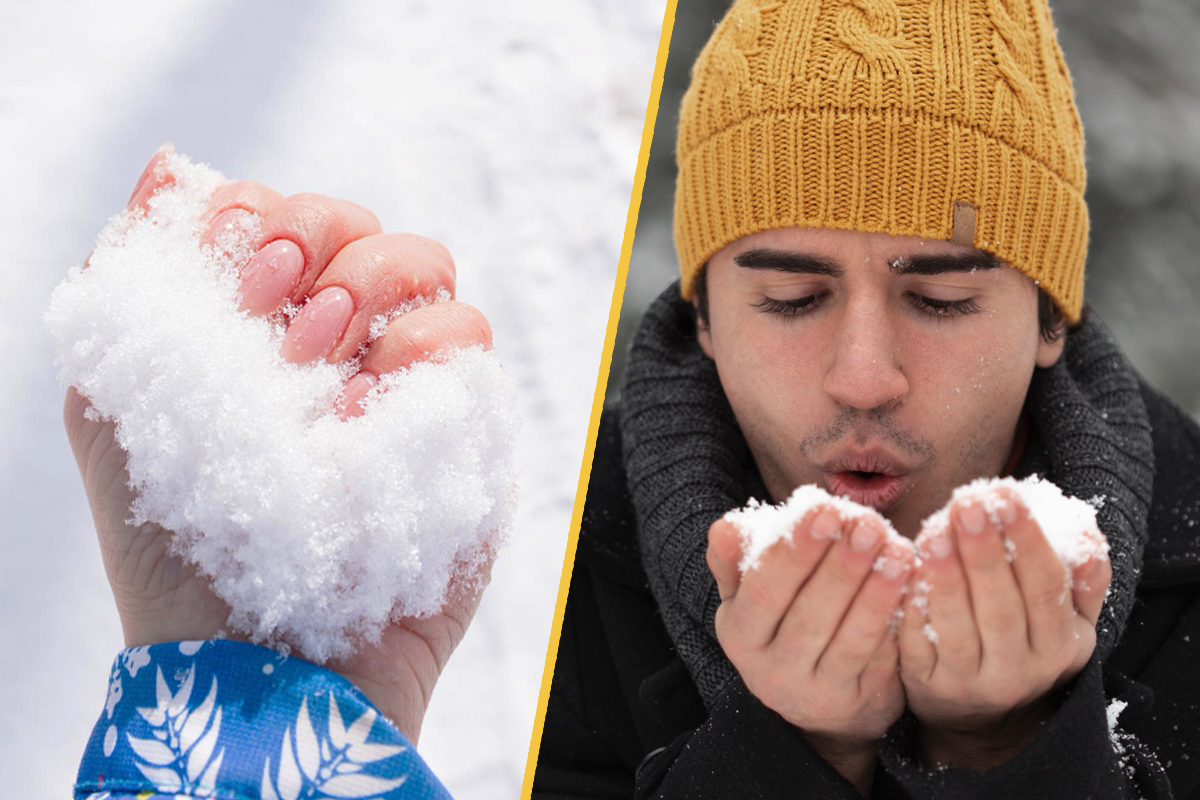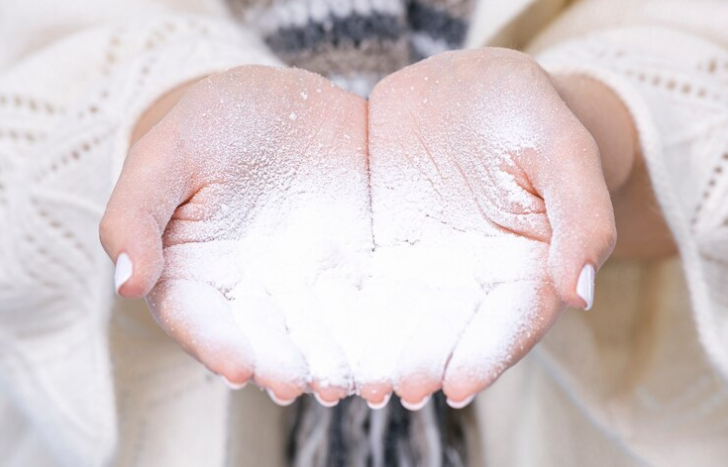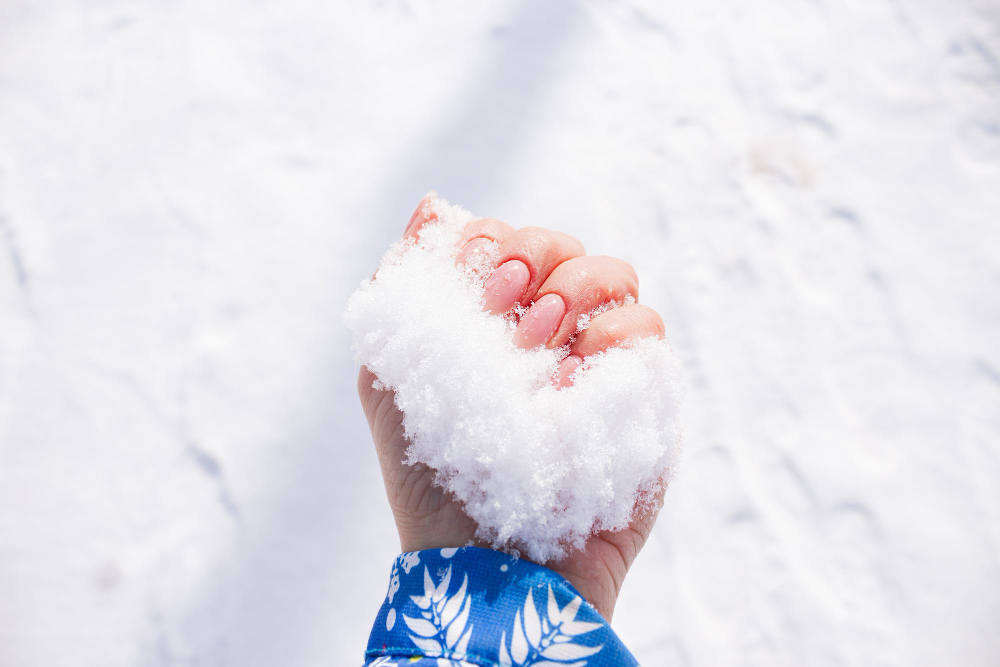Is Eating Snow Safe? Here’s Why You Should Think Twice

The sight of fresh, untouched snow can make us feel like kids again. There’s an undeniable charm to catching snowflakes on your tongue or scooping up a handful of fluffy white snow for a quick snack. After all, how harmful could it be? It’s just frozen water, right?
Well, not quite. While snow might look clean and pure, experts warn that it could be hiding pollutants, microbes, and even harmful chemicals. Here’s why eating snow isn’t as harmless as it seems.
Snow Is Nature’s Filter – But Not in a Good Way
Snow doesn’t form in isolation. It begins as water vapor in the atmosphere, which freezes into ice crystals and collects airborne particles as it falls. Think of it as nature’s vacuum cleaner, sweeping up everything in its path.
From vehicle exhaust fumes to industrial emissions, snow can contain particulate matter, trace metals, and even persistent organic pollutants (POPs) like pesticides and industrial chemicals. According to research, snow absorbs pollutants like nitrates, sulfates, and mercury, which can accumulate to levels that pose health risks.
A study highlighted by Unbelievable Facts revealed that snow near busy roads is particularly contaminated, often containing chloride from road salts and other byproducts of human activity.
So, while that pile of fresh snow might look pristine, it could be carrying a toxic cocktail of modern pollutants.
The Microbial Danger
If chemical contaminants don’t deter you, consider the microbes. Snow can act as a host for bacteria, viruses, and other pathogens, especially in areas frequented by animals. For example, snow contaminated by animal feces might carry harmful bacteria like E. coli, which can cause gastrointestinal distress and diarrhea. Children, with their developing immune systems, are particularly vulnerable to these risks.
“Even snow that looks untouched might contain microbial contaminants,” warns Dr. Emma Foster, an environmental scientist. “Ingesting it, especially in large quantities, can increase your exposure to pathogens.”
Snow Won’t Really Hydrate You

Eating snow might seem like a resourceful way to stay hydrated in the wilderness, but it’s more likely to make things worse. Here’s why: your body has to expend energy to melt the snow and bring it to body temperature, which can actually lower your core temperature. In extreme cases, this could lead to hypothermia — a serious risk in cold weather.
“It’s counterproductive,” says survival expert Sarah Morgan. “Melting snow internally not only fails to hydrate you efficiently but can also accelerate dehydration because of the energy your body uses in the process.”
When Eating Snow Might Be Safe
That said, enjoying a small taste of snow probably won’t hurt you if you follow a few precautions:
- Wait for Fresh Snowfall: The first few hours of snow can contain higher levels of pollutants. Let it snow for a while before considering a taste.
- Stick to Clean Areas: Avoid snow near roads, industrial zones, or areas frequented by animals.
- Avoid Discolored Snow: This should go without saying, but never eat yellow, gray, or brown snow.
- Limit Your Intake: A tiny taste here and there is far safer than consuming large amounts.
Snow Isn’t the Problem — We Are

Snow itself isn’t the problem — we are. Pollution from vehicles, factories, and other human activities turns what should be a natural wonder into a potential health hazard. While a small taste of fresh snow might be fine for the sake of nostalgia, it’s not something you should treat as a winter snack.
So, next time you’re tempted to scoop up a handful of that fluffy white stuff, maybe channel your energy into building a snowman instead. It’s safer, less risky, and just as much fun.
Winter is magical, but eating snow? Not so much. Leave it on the ground where it belongs.
